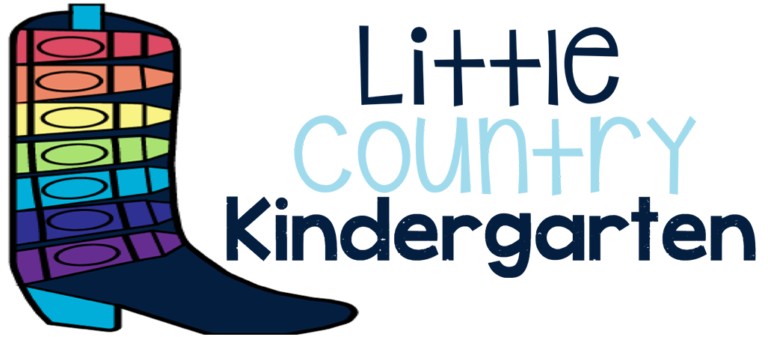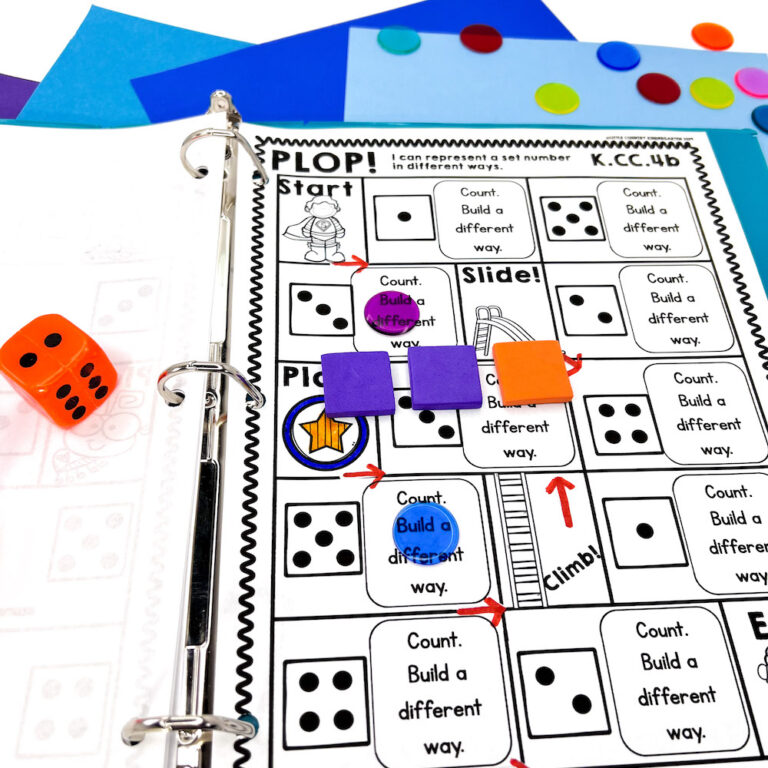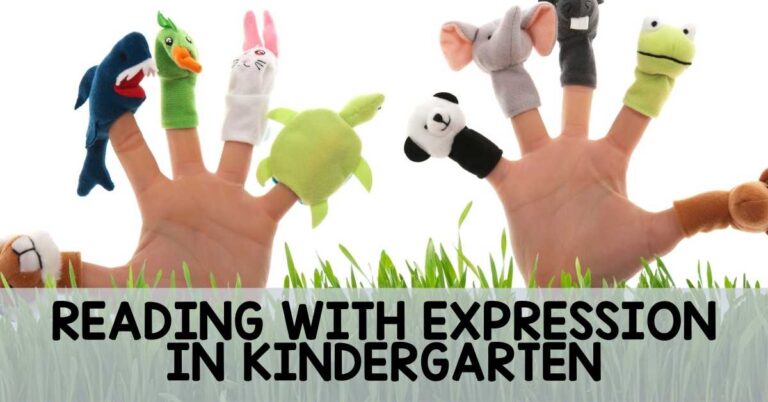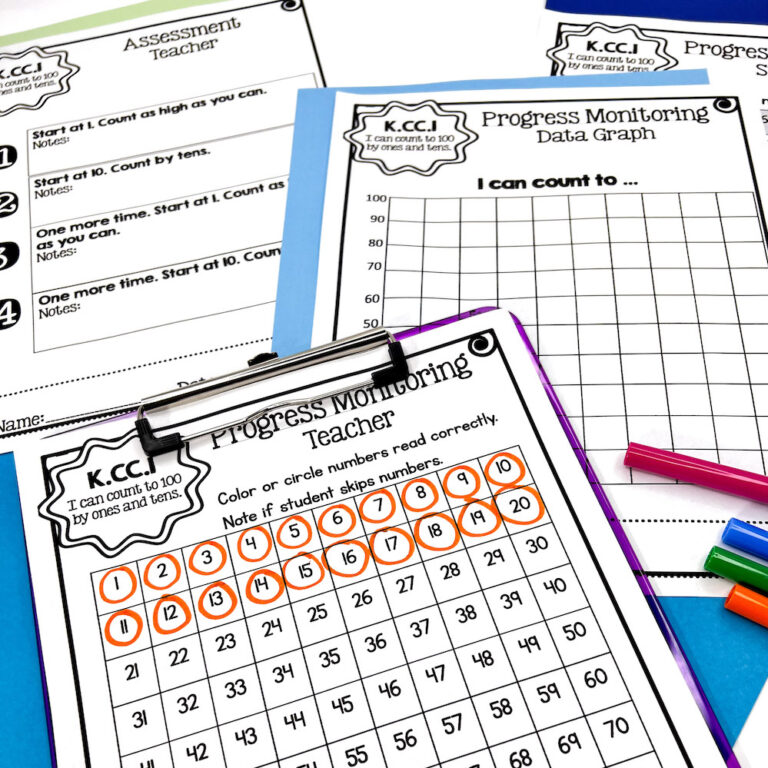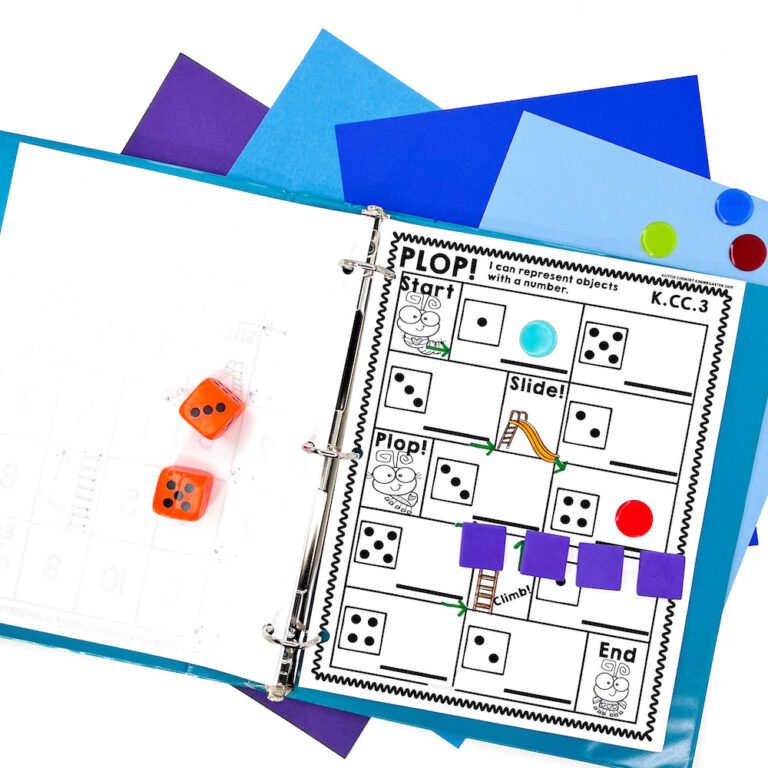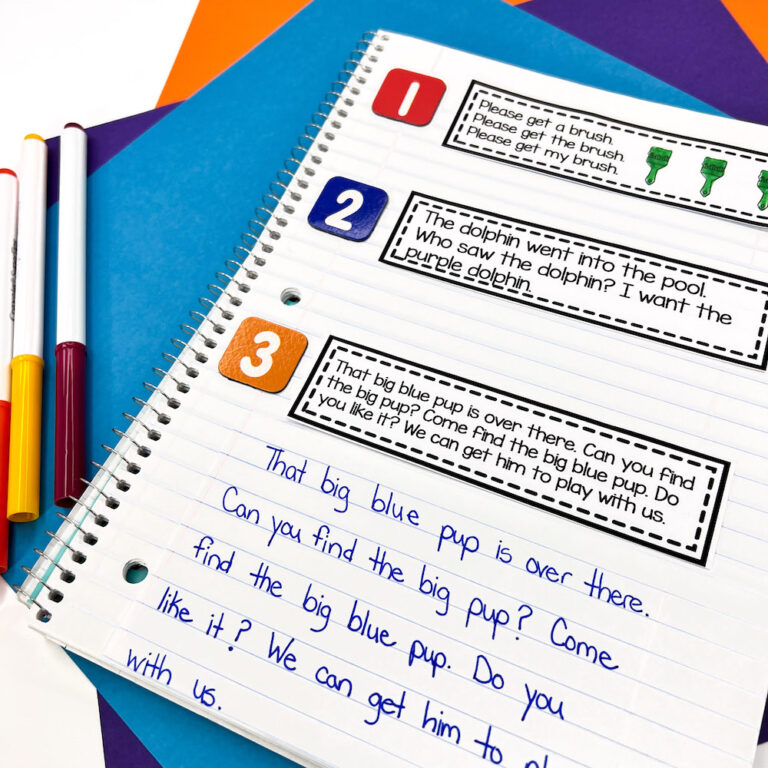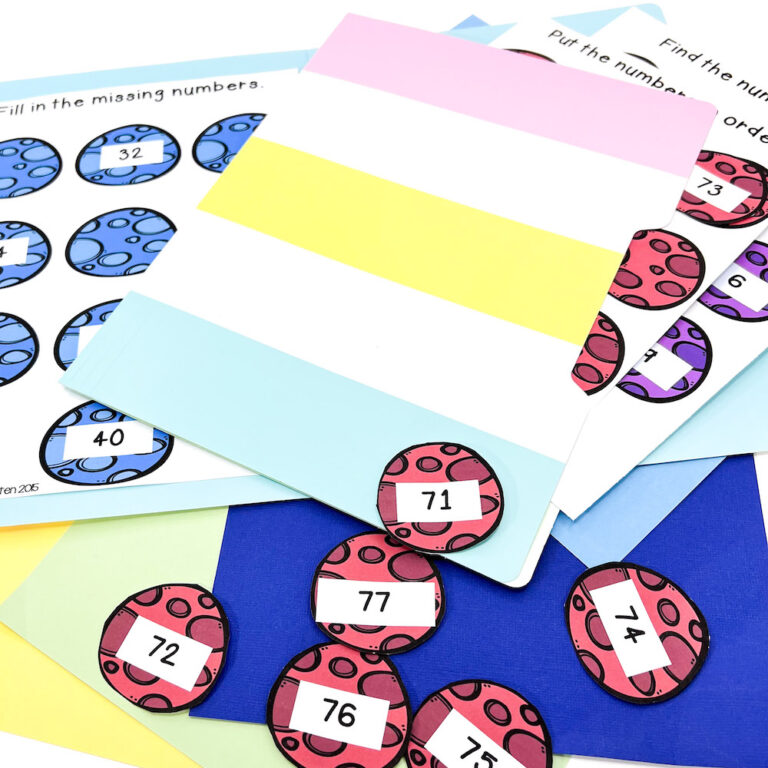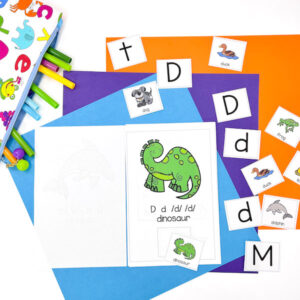Do you have students that have mastered phonics rules and many sight words but are still decoding slowly? Are you noticing these students are slowly becoming more unmotivated to read because it takes so long? Are they shy to read in groups and becoming less engaged in activities that are taking additional time? It’s time to use these strategies to improve reading fluency!
Why Use Strategies to Improve Reading Fluency?
Teaching reading based heavily on phonics and decoding doesn’t mean that students have to decode every word forever. In fact, teaching how to read with phonics rules can help increase reading fluency! Students reading words with known phonics patterns and sight words repeatedly should be able to decode and read more fluently. After all, fluency is not just speed. Fluency encompasses accuracy, rate, expression, and punctuation! That is why it is so important to use these strategies to improve reading fluency.
Oral reading fluency instruction incorporates important decoding with comprehension. Repeated reading activities help with applying the learned phonics rules. Repeated exposure to the same words help them master orthographic cues. Reviewing words in isolation, words in context, stories, and engaging manipulatives can improve reading fluency. Students can solidify decoding skills and read more fluently which leads to better comprehension, confidence, and motivation to read.

Strategies to Improve Reading Fluency with Words
How do we focus on fluency at the word level?
Students first work on fluency at the word level. When students are practicing decoding words they are building the skills necessary to start orthographic mapping. This is where students connect phonemes (sounds) to the letters spelling the word to automatically read it. We often think of these quickly known words as “sight words”.
The first step to teach decoding is patterns such as word families in CVC words, digraphs, blends, etc. Then we help them start learning sight words by focusing on these parts of the words they can sound out. This then makes it easier for students to only focus on the “exception” parts of sight words. These rule breaker parts often make us think sight words can’t be sounded out, such as the unusual “ai” in “said”. After explicitly teaching patterns and words, these are some of my favorite strategies to improve reading fluency at the word level.
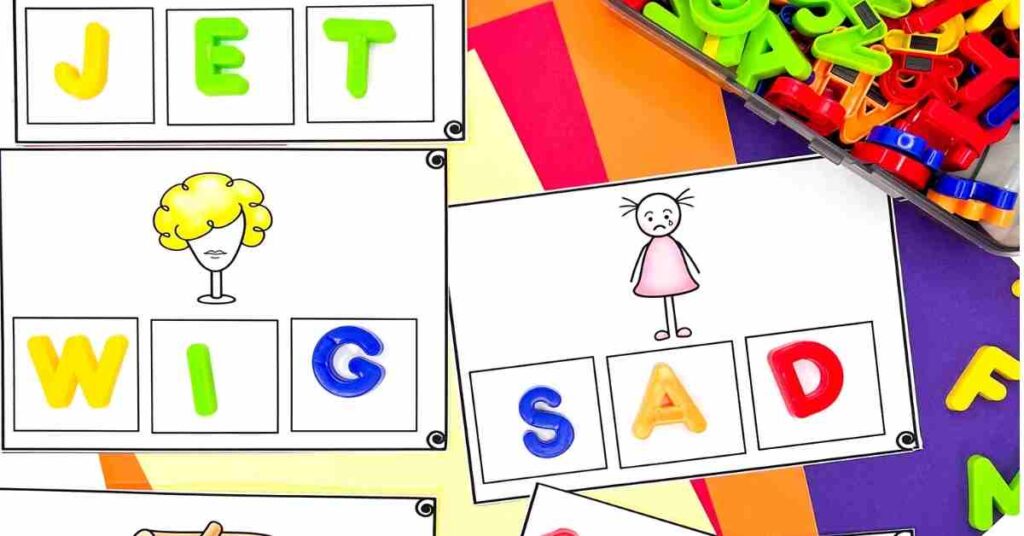
Word Level Fluency Activities
Roll, say, keep is a game where student roll the dice, flip over the card, and if they read it correctly they keep the word! Students love playing this with a partner or small group and trying to read the most words. Focusing on the same small group of words at a time helps students repeat them multiple times during the game and improve recognition and fluency.
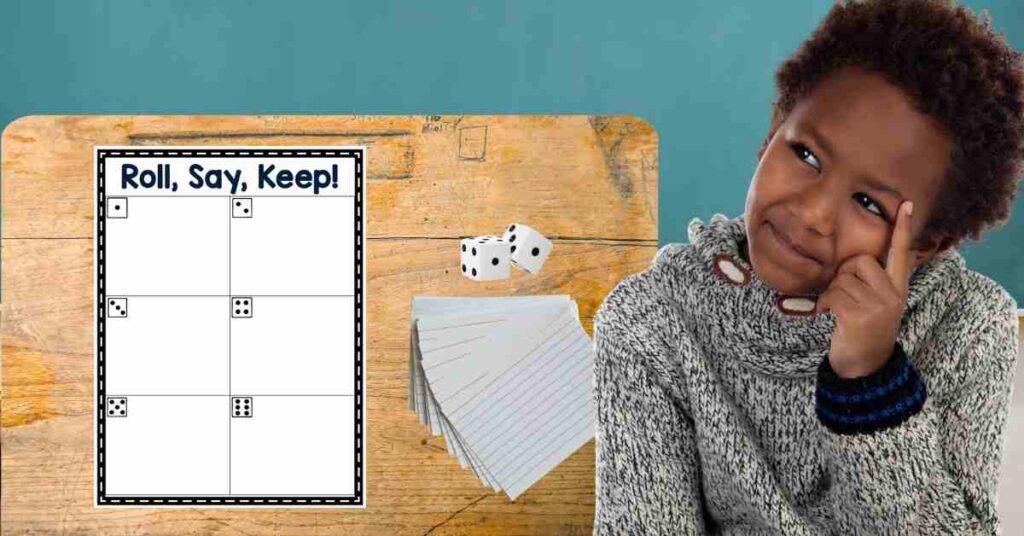
Roll and read games are similar but without the need for word cards. Students simply read the row of words that correspond to the number they rolled on the dice. This is a little harder to customize since the words are already preprinted on mats. However, they are easier to send home for families to play.
My students also love simple go fish or memory games using word cards. Singing sight word songs and completing BOOM mystery pictures on their tablets are other favorites. These mystery pictures require students to receptively know the word as they listen to the word being said aloud. Then they tap the corresponding word and see a piece of the mystery picture reveal itself with every answer.
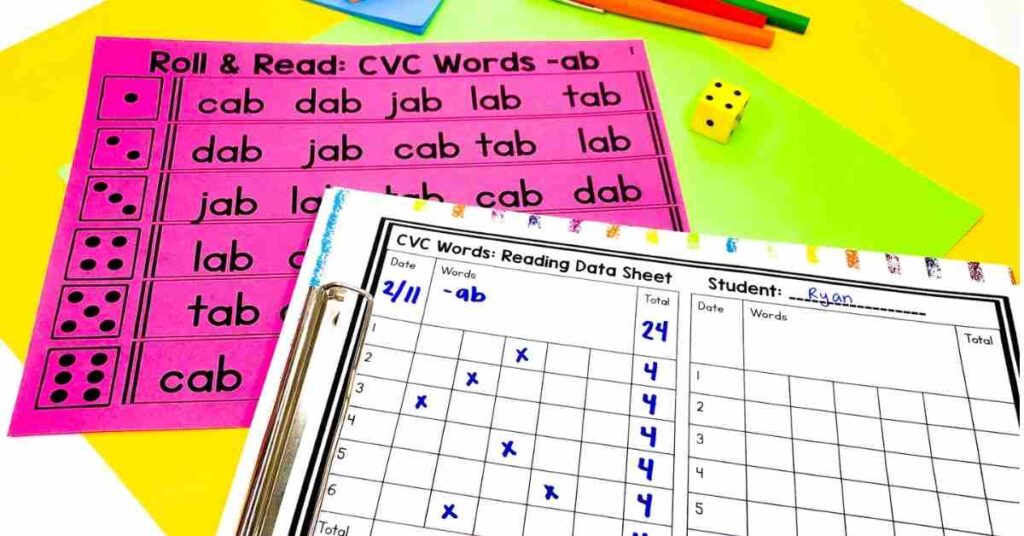
Strategies to Improve Reading Fluency with Phrases and Sentences
After students are confident with a small group of words I start working with them on phrases and sentences. I love how quickly my students feel confident reading when we focus on phonics and they master sounds and patterns! Some of our favorite ways to increase reading fluency at the phrase and sentence level include daily fluency passages, themed fluency strips, mixed up sentences, and poems!
Daily Fluency Practice
Daily fluency focuses on building students’ confidence through decodable passages that build in difficulty. The consistent format means I just have to teach it once and just change out the type of fluency. We start with repetitive sentences. Then we move to 3 sentence versions where the text varies more and end with paragraphs.
Each level also builds starting with CVC words and moving to digraphs and blends. I love that it follows our phonics scope and sequence. If I need something specific I can grab the phonics fluency to work on long vowels and more.
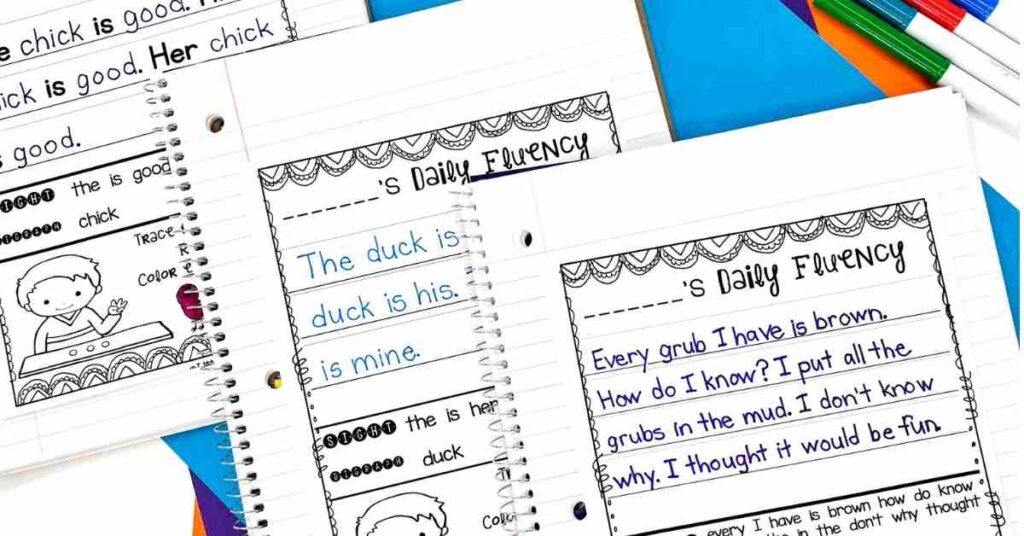
Other Strategies to Improve Reading Fluency Activities
I love the daily fluency to print and go for a reading group warm-up, morning work, or even homework practice. For reading centers, I prefer my themed fluency strips. I have these laminated and on binder rings in our classroom library. My students love reading these because they are all decodable! Depending on our weekly theme, students can read about pets, holidays, science topics, and more and feel confident doing so. These simple sentences with colorful images engage them to read . The decodable words give them motivation to sound out words they may not have seen before.
I love to keep our classroom a literacy rich environment and so I use lots of pocket charts. Pocket chart activities, such as mixed up sentences, are another easy way to increase reading fluency. Students work on reading individual words and moving them around to make sentences. To see if their sentences make sense, they have to read and fix any out of order words. This helps my students learn there are different types of sentences. All sentences aren’t “I see” and “I like” like they often get stuck writing.
How to Increase Reading Fluency Takeaways
You can teach students to read through phonics and still increase reading fluency to improve confidence, motivation, and comprehension. Rethink fluency and realize it is not about speed, but includes accuracy and comprehension. We want our students to read well and enjoy reading, and fluency instruction can help!

Start Implementing These Strategies to Improve Reading Fluency Today!
Try a week of phonics fluency in your classroom today to improve reading fluency! Decodable passages focus on specific phonics rules and sight words. Students will practice tracking their accuracy, time, and answer comprehension questions for a complete reading practice activity.
